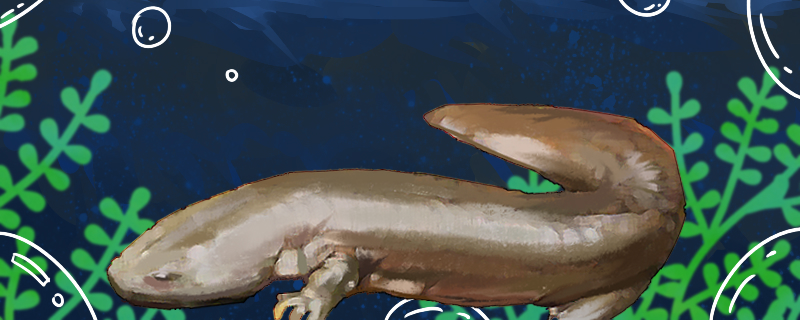
? The giant salamander is a common amphibian. Its respiratory organs and breathing patterns are quite special, and many amphibians are the same. When giant salamanders are young, that is, in the larval stage, they still live in the water. At this time, they breathe with their gills, just like fish in the water, so they can move in the water for a long time, and they can breathe freely in the water without the risk of drowning.
However, when giant salamanders reach adulthood, they no longer breathe with their gills, but mainly with their lungs. At this time, after metamorphosis, they develop the structure of lungs. When they breathe, they exchange gases through their noses, and sometimes their nostrils can be clearly observed opening and closing. However, because the lungs of amphibians are generally not particularly developed, they do not only breathe through the lungs, but also have some auxiliary functions of their skin. The lungs and skin breathe at the same time, which can ensure their breathing efficiency and provide sufficient oxygen for their life activities. At this time, because they no longer breathe with their gills, they can not breathe freely in the water, nor can they stay in the water for a long time, otherwise they may be in danger of drowning.
through its nose? The respiratory organs used by the giant salamander in the larval and adult stages are different. The gill is the respiratory organ of the larval stage of the giant salamander. As adults, they are completely different. After the process of metamorphosis, they develop the structure of lungs and can breathe with the organ of lungs. That is to say, the nose of giant salamanders plays a very important role in their breathing. Fresh air enters their lungs through their nostrils, and carbon dioxide and other exhaust gases produced by their bodies are also discharged through their nostrils.
At the same time, besides breathing through the nose, giant salamanders can also breathe through the skin, which plays a role in assisting lung breathing. Their skin is generally relatively moist, will continue to secrete mucus, at this time the skin assisted breathing function is the best.